It’s not just bees, you know. There are around 1,500 pollinator species in the UK, all working to give us flowers and food – at the same time becoming food themselves for birds, frogs and others in our valuable food chain.
Next time you crunch into an apple or pop in a strawberry; enjoy some green beans, fry an onion, scoop out an avocado or knock back a tequila, remember it was an insect that brought it to you. Not to mention propagating most of our wild and garden flowers. In the UK alone, wild insects pollinate crops worth around £690 million. It’s estimated that if we had to take over this essential service ourselves somehow, it would cost us £1.8 billion a year!
So thanks, little guys. We salute you!

BEETLES
It’s thought that beetles were the first pollinators on Earth, doing their thing when dinosaurs roamed the land. About a quarter of Britain’s 4,000 beetle species pollinate today. Of course the ones that pollinate are the ones attracted by nectar, such as the bumbling Oil Beetle; the amazingly-coloured (and named) Swollenthighed Beetle; the beautiful Cardinal Beetle and familiar ladybirds.

BUTTERFLIES & MOTHS
Butterflies are good pollinators, but Britain’s moths even more so, simply as there are so many varieties. The Butterfly Conservation charity found moths complemented the work of
bees, carrying pollen further as they were not ‘tied’ to a hive, helping to prevent plant inbreeding. Most work at night, attracted mainly to pale flowers with heavy scents. They often settle on a flower while feeding, their fluffy bodies easily picking up pollen. Hawkmoths like the Elephant Hawkmoth or day-flying Hummingbird Hawkmoth have long probosces that make them specialists in pollinating tubular flowers. Moth numbers are declining – it’s thought that light pollution could be partly to blame.

WASPS
They might ruin picnics, but without them our world could be overrun with spiders, so take your pick! They are great hunters of garden pests so need a lot of nectar to keep zooming. While they fuel up from flowers they pollinate ‘accidentally’. Fascinating fact: there are more than 7,000 species of wasp in the UK, most of them nonstinging, solitary parasitic wasps. Only nine of these are the familiar ‘social wasps’. They create stunning nests from chewed-up wood.

FLIES
No they don’t just eat poo! Again, there are around 7,000 species of fly in the UK (there are about 250 species of bees) including hoverflies. Unlike bees, flies can fly on cold, windy days, making them important pollinators for shaded and exposed areas. Some mimic bees, like the speedy, darting Darkedged Bee Fly, Bombylius major. But flies have only one set of wings, so you can tell Bee Flies apart from bees themselves. Short-tongued flies are often attracted to yellow and white flowers while longer-tongued flies visit purple and blue flowers which often have deeper nectar stores.

HOVERFLIES
These flies are benign little creatures that mimic wasps and don’t sting. The adults hover over flowers to drink nectar and when their hairy bodies brush against the flower’s stigmas, pollen is transferred to and from each flower accidentally. There are around 270 species of hoverfly in the UK - the Marmalade Hoverfly is one of only a few that eat pollen.


LEMURS
Madagascar’s black and white ruffed lemurs pick up and transfer pollen on their fur as they pull open the flowers of their favourite tree, the Travellers’ Palm. Quite a few non-insects pollinate - genets, sugar-loving shrews, rodents, lizards and marsupials all pull the same trick as they head for flowers and fruits.

BATS
Britain’s bats are all insect-eaters so pretty rubbish at pollinating. But worldwide, bats are fantastic at it. About 500 plant species rely on them, including mangoes and night-flowering agave, which of course gives us tequila.

HUMMINGBIRDS
Their whirring wings spread pollen as they hover to sip nectar. Quite a few fruit and flower-loving birds, including parrots, are accidental pollinators too.
